China’s financing and investment spread across 61 BRI countries in 2023 (up...
2024-02-27 31 英文报告下载
The PLA Rocket Force’s vast stocks of conventional guided munitions underwrite what U.S. strategists have called a “projectile-centric strategy.”35 Projectiles are cheaper than air forces, easier to mass in a salvo exchange than airborne-based strikes, and harder to hunt than fxed airbases. In a confict, they can penetrate U.S. forward defenses and cripple key nodes in U.S. battle networks, while outranging reinforcements surging to the theater.36 As leading RAND analyst Jim Dobbins and other RAND researchers have explained, “the range and capabilities of Chinese air and sea defenses have continued to grow, making U.S. forward-basing more vulnerable and the direct defense of U.S. interests in the region potentially more costly.”
The U.S. has recognized this reality in sizing its own missile defense systems. As the Obama Administration’s 2010 Ballistic Missile Defense Review Report determined, “Russia and China have the capabilities to conduct a large-scale ballistic missile attack on the territory of the United States[…] While the [Ground-based Midcourse Defense] system would be employed to defend the United States against limited missile launches from any source, it does not have the capacity to cope with large scale Russian or Chinese missile attacks.”41 Tus, if Ronald Reagan was right when he declared that “a nuclear war cannot be won and must never be fought,” then between these nuclear superpowers (i.e., nations with robust, reliable second-strike capabilities), the menu of viable military options cannot include nuclear attack.

标签: 英文报告下载
相关文章
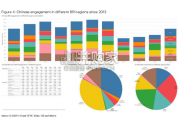
China’s financing and investment spread across 61 BRI countries in 2023 (up...
2024-02-27 31 英文报告下载
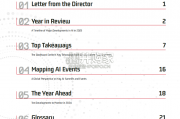
Though the risk of AI leading to catastrophe or human extinction had...
2024-02-26 51 英文报告下载
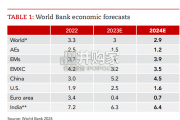
Focusing on the prospects for 2024, global growth is likely to come i...
2024-02-21 96 英文报告下载
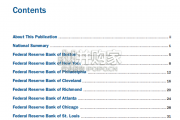
Economic activity declined slightly on average, employment was roughly flat...
2024-02-07 67 英文报告下载
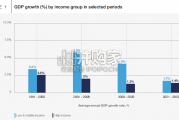
Economic growth can be defned as an increase in the quantity or quali...
2024-02-06 82 英文报告下载
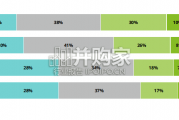
In this initial quarterly survey, 41% of leaders reported their organizatio...
2024-02-05 66 英文报告下载
最新留言